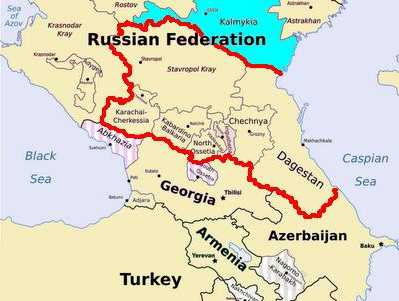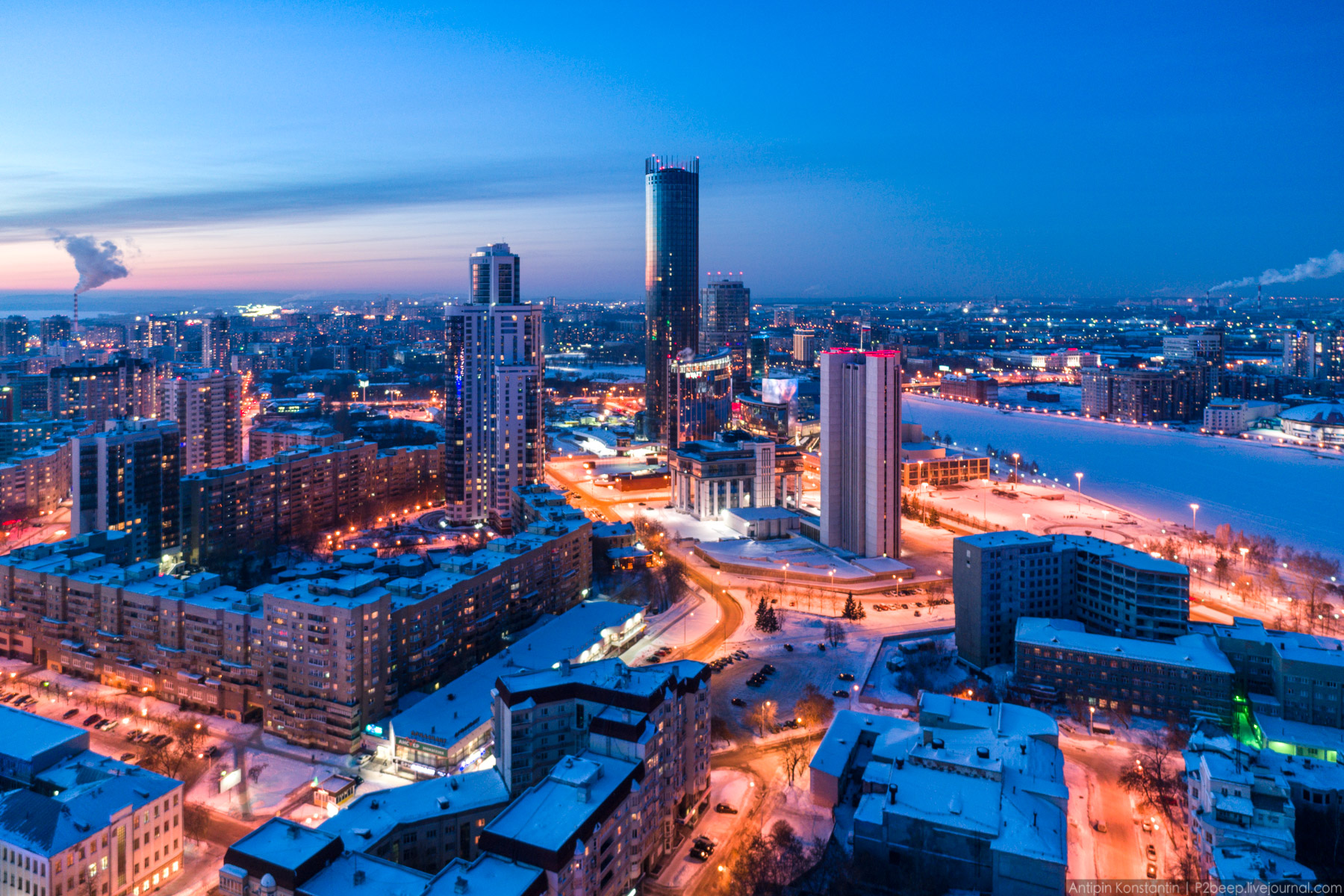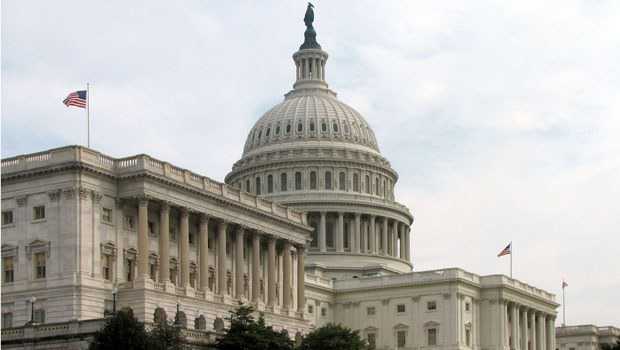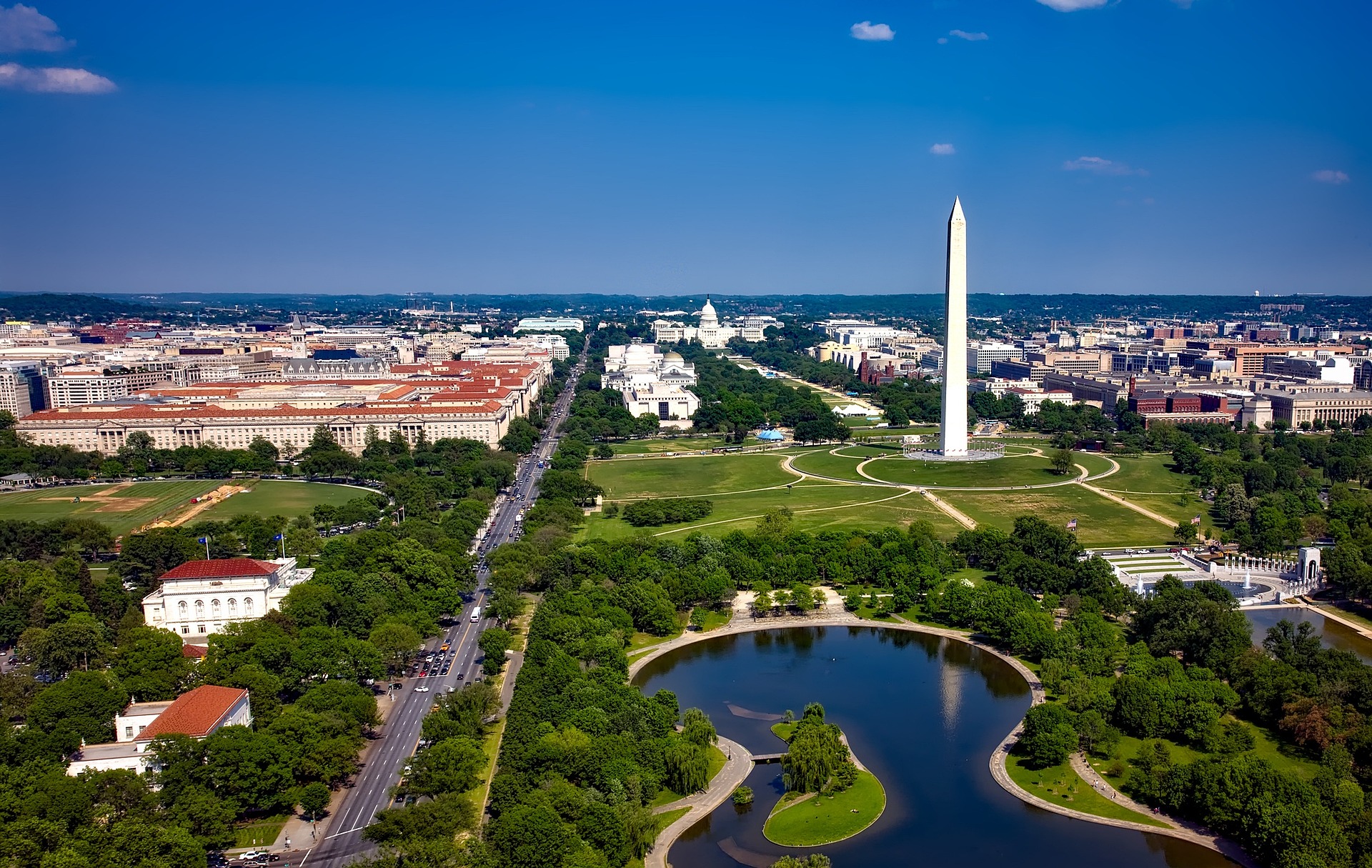By ROBERT D. KAPLAN
Washington
THE divisions we split the world into during the cold war have at long last crumbled thanks to the Mumbai terrorist attacks. No longer will we view South Asia as a region distinct from the Middle East. Now there is only one long continuum stretching from the Mediterranean to the jungles of Burma, with every crisis from the Israeli-Palestinian dispute in the west to the Hindu-Muslim dispute in the east interlocked with the one next door.
Yet this elongated Greater Near East does not signify something new but something old.
For significant parts of medieval and early modern history, Delhi was under the same sovereignty as Kabul, yet under a different one from Bangalore. From the 16th to the 18th centuries, the Mughal dynasty, created by Muslims from Central Asia, governed a sprawling empire encompassing northern and central India, almost all of Pakistan and much of Afghanistan — even as Hindu Maratha warriors in India’s south held out against Mughal armies. India’s whole history — what has created its rich syncretic civilization of Turko-Persian gems like the Taj Mahal and the elaborate Hindu temples of Orissa — is a story of waves of Muslim invaders in turn killing, interacting with and ultimately being influenced by indigenous Hindus. There is even a name for the kind of enchanting architecture that punctuates India and blends Islamic and Hindu styles: Indo-Saracenic, a reference to the Saracens, the term by which Arabs were known to Europeans of the Middle Ages.
Hindu-Muslim relations have historically been tense. Remember that the 1947 partition of the subcontinent uprooted at least 15 million people and led to the violent deaths of around half a million. Given this record, the relatively peaceful relations between the majority Hindus and India’s 150 million Muslims has been testimony to India’s successful experiment in democracy. Democracy has so far kept the lid on an ethnic and religious divide that, while its roots run centuries back, has in recent years essentially become a reinvented modern hostility.
The culprit has been globalization. The secular Indian nationalism of Jawaharlal Nehru’s Congress Party, built around a rejection of Western colonialism, is more and more a thing of the past. As the dynamic Indian economy merges with that of the wider world, Hindus and Muslims have begun separate searches for roots to anchor them inside a bland global civilization. Mass communications have produced a uniform and severe Hinduism from a host of local variants, even as the country’s economically disenfranchised Muslims are increasingly part of an Islamic world community.
The Muslim reaction to this Hindu nationalism has been less anger and violence than simple psychological withdrawal: into beards, skull caps and burkas in some cases; self-segregating into Muslim ghettos in others. The terrorist attacks in Mumbai had a number of aims, one of which was to set a fuse to this tense intercommunal standoff. The jihadists not only want to destroy Pakistan, they want to destroy India as well. India in their eyes is everything they hate: Hindu, vibrantly free and democratic, implicitly and increasingly pro-American, and militarily cozy with Israel. For Washington, this is no simple matter of defending Pakistan against chaos by moving troops from Iraq to Afghanistan. It is a whole region we are dealing with. Thus for the jihadists, the concept of a 9/11-scale attack on India was brilliant.
Just as the chaos in Iraq through early 2007 threatened the post-Ottoman state system from Lebanon to Iran, creeping anarchy in Pakistan undermines not only Afghanistan but also the whole Indian subcontinent. The existence of terrorist outfits like Lashkar-e-Taiba that have links with the Pakistani security apparatus but are outside the control of Pakistan’s own civilian authorities is the very definition of chaos.
A collapsing Pakistan, and with it the loss of any real border separating India from Afghanistan, is India’s worst nightmare. It brings us back toward the borders of the Mughal world, but not in a peaceful way. Indeed, the route that intelligence agencies feel was taken by the fishing boat hijacked by the terrorists — from Porbandar in India’s Gujarat State, then north to Karachi in Pakistan, and then south to Mumbai — follows centuries-old Indian Ocean trade routes.
The jihadist attack on India’s financial center not only damages Indian-Pakistani relations, but makes Pakistan’s new civilian government — which has genuinely tried to improve ties with India — look utterly pathetic. Thus, the attack weakens both countries. Any understanding over Kashmir, the disputed Muslim-majority territory claimed by Pakistan, is now further than ever from materializing, with mass violence there a distinct possibility.
This, in turn, reduces the chance of an Indian-Pakistani rapprochement on Afghanistan, whose government Pakistan seeks to undermine and India sends millions of dollars in aid to help prop up. The Pakistani security services want a radical Islamized Afghanistan as a strategic rear base against India, while India wants a moderate, secular Afghanistan as a weapon against Pakistan.
Pakistan is not only chaotic but dangerously lonely. Islam has not proved effective in bringing together its regionally based ethnic groups, and thus a resort to a fierce ideology as a unifying device among fundamentalist Muslims has been the country’s signal tragedy. Meanwhile, Pakistan’s military suspects that Washington will desert their nation the moment the leadership of Al Qaeda is, by any chance, killed or captured.
Making matters worse, every time the United States launches an air attack into Pakistan from Afghanistan, it further destabilizes the Pakistani state. That is why the Mumbai attacks bring true joy to the most dangerous elements of the Pakistani security establishment: the tragedy has caused the world to focus on India’s weaknesses — its lax security, its vulnerability to age-old maritime infiltration and, most of all, the constant threat of caste and tribal violence — that have been obscured by its economic success. See, many Pakistanis are saying, your beloved India is not so stable either.
This is nonsense, of course. India, with all its troubles, is far more stable than Pakistan. In the meantime, every day that goes by without riots in India is a defeat for the Mumbai terrorists. Indeed, India’s own Muslims have demonstrated against the attacks.
But India, not just Pakistan, desperately needs help. Just as solving or at least neutralizing the Israeli-Palestinian dispute is a requirement for reducing radicalism and Iranian influence throughout the Levant, the same is true of the Indian-Pakistani dispute at the other end of the Greater Middle East. Our notion of the “peace process” is antiquated and needs expanding. We need a second special negotiator for the Middle East, a skilled diplomat shuttling regularly among New Delhi, Islamabad and Kabul. (There has been some speculation, in fact, that Barack Obama is considering Richard Holbrooke, the former United Nations ambassador, for just such a job.)
The Middle East is back to where it was centuries ago, not because of ancient hatreds but because of globalization. Instead of bold lines on a map we have a child’s messy finger painting, as the circumvention of borders and the ease of communications allow the brisk movement of ideas and people and terrorists from one place to another. Our best strategy is, as difficult and trite as it sounds, to be at all places at once, Not with troops, necessarily, but with every bit of energy and constant attention that our entire national security apparatus — and those of our allies — can bring to bear.
Robert D. Kaplan is a national correspondent for The Atlantic and a senior fellow at the Center for a New American Security.






